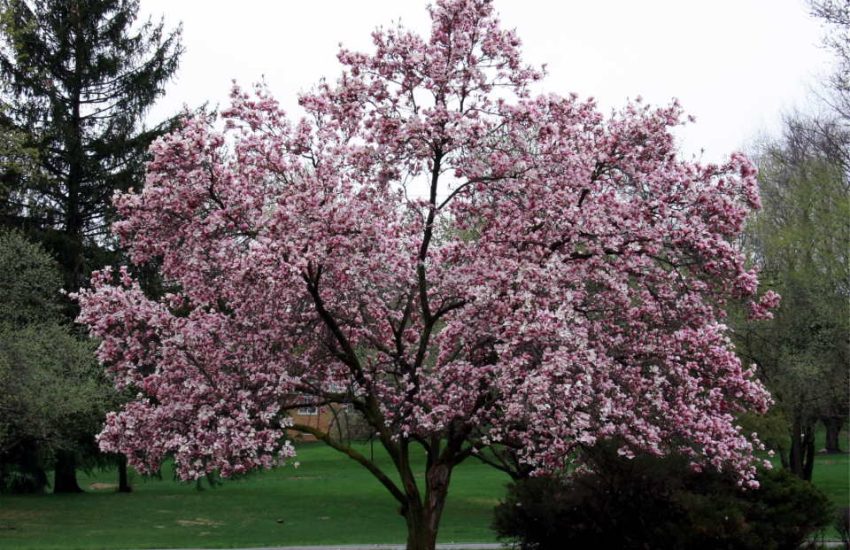Caring for Balloon Flowers: Tips and Tricks for a Healthy Plant
Balloon flowers, also known as Platycodon grandiflorus, are a popular perennial plant that originated in Asia, specifically in Korea, Japan, China, and Russia. These plants are known for their unique balloon-shaped buds that bloom into beautiful star-shaped flowers in shades of blue, white, and pink. Caring for balloon flowers is relatively easy, but there are a few key things to keep in mind to ensure their optimal growth and health.

First and foremost, balloon flowers require well-draining soil and plenty of sunlight to thrive. They prefer soil that is slightly acidic and moist, but not waterlogged. It’s important to avoid overwatering, as this can lead to root rot and other issues. In terms of sunlight, balloon flowers should be planted in an area that receives at least six hours of direct sunlight per day.
Another important aspect of caring for balloon flowers is regular deadheading. This involves removing spent blooms from the plant to encourage new growth and prevent the plant from using up energy to produce seeds. Deadheading can be done by simply pinching off the spent blooms with your fingers or using pruning shears if necessary.
Overall, caring for balloon flowers is relatively straightforward, but it’s important to provide them with the right growing conditions and to stay on top of regular maintenance tasks like deadheading. With a little bit of attention and care, these unique and beautiful plants can thrive in your garden for years to come.
Cultivation and Care
Planting and Sunlight Requirements
Balloon flowers are hardy perennials that grow best in USDA hardiness zones 3-9. These plants thrive in the summer and require full sun to partial shade. Balloon flowers prefer well-drained, loamy soil with a pH between 6.0 and 7.5. When planting, make sure to choose a location with good drainage and adequate sunlight.
Watering and Moisture Management
Balloon flowers require moist, well-draining soil. Watering should be done regularly, especially during hot, dry weather. To prevent root rot, it is important to ensure that the soil is not too moist. Avoid overwatering and make sure to provide good drainage. In addition to regular watering, adding compost or slow-release fertilizer can help maintain soil moisture levels.
Soil and Fertilization
Balloon flowers prefer rich, loamy soil that is well-draining. Adding compost or slow-release fertilizer can help improve soil quality and provide essential nutrients. Fertilize in the spring and summer to promote healthy growth and blooming. Be sure to follow the instructions on the fertilizer package and avoid over-fertilizing.
Pruning and Maintenance
Balloon flowers require minimal pruning and maintenance. Deadheading spent flowers can encourage new growth and prolong blooming. In the fall, cut back the foliage to a height of 2-3 inches to prepare for winter. Balloon flowers typically grow to a height of 2-3 feet and have a bushy habit. Regular maintenance, such as removing any dead or damaged foliage, can help keep the plant healthy and looking its best.
Propagation and Pests
Seed Propagation and Germination
Balloon flowers can be propagated through seeds, which can be collected from the dried seed pods. Sow the seeds in a container or pot filled with well-draining soil. Keep the soil moist and warm, and the seeds should germinate within 14-21 days. Once the seedlings have grown to a few inches, they can be transplanted to their permanent location.
Division and Rooting
Another way to propagate balloon flowers is through division. This method involves digging up an established plant and dividing the roots into smaller sections. Each section should have at least one taproot. Dip the cuttings in rooting hormone and plant them in well-draining soil. Keep the soil moist and warm, and the cuttings should root within a few weeks.
Pest Control
Balloon flowers are generally pest-resistant, but they can be susceptible to slugs and snails. These pests can be controlled by placing copper tape around the base of the plant or using a slug and snail bait. Additionally, keeping the area around the plant clean and free of debris can help prevent pest infestations.
Overall, caring for balloon flowers is relatively easy, and with proper care, they can thrive both indoors and outdoors. Balloon flowers can withstand frost and drought, but it is important to move them indoors during extreme weather conditions. By following these propagation and pest control tips, gardeners can enjoy the beauty of balloon flowers for years to come.


